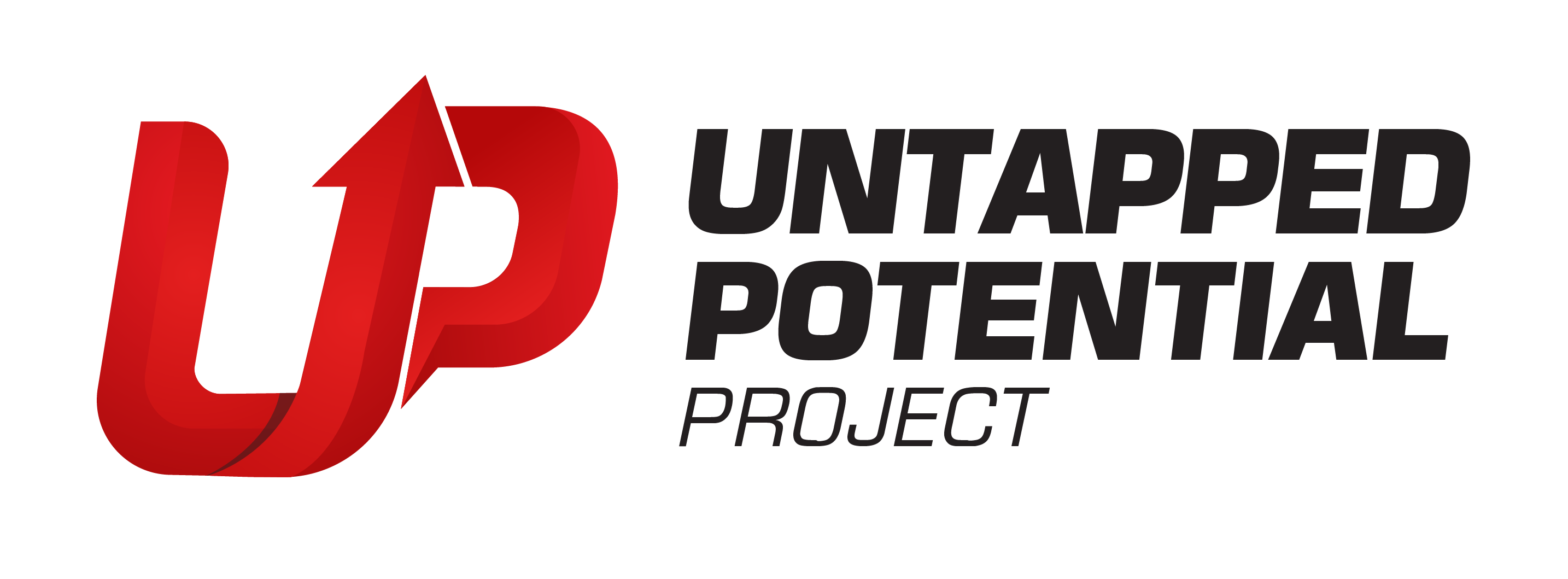I had the honor in early October of presenting at the annual ASU GSV Summit. It’s a conference jointly run by Arizona State University and Global Silicon Valley — hence its name.
This year, the conference was held virtually, but that didn’t cause it to lose any luster. In my mind, it’s the best innovation conference of the year. You just can’t beat the content, expertise, and, under more regular circumstances, networking.
My topic was the Untapped Potential Project and the schools we will be opening soon in Chicago. I’ve embedded a video of my 18-minute talk below. For those of you who prefer reading to watching, here’s a condensed version of some of my key points.
Our schools will combine rigorous, college-preparatory academics with cutting edge, industry-aligned workforce training. We believe our schools will do away once and for all with the stigma that still clings, at least in some quarters, to career and technical education.
Our model is respectful of students who are no less intelligent and no less ambitious than those bound for four-year colleges, but whose pathway to their dreams doesn’t necessarily mean going to a traditional college and getting a traditional degree.
UP2 schools will prepare students who want that more traditional path as well, but there are lots of routes that lead to success and fulfillment, and we get that.
The challenges that plague employers right now—an insufficient pipeline of talent into quality jobs in the skilled trades and technical fields— translate into opportunities for the students of today. These are literal pathways out of poverty for students who seize the opportunity.
If we can just reorient our education system to respect and support technical training with the same enthusiasm that it claims to support college prep, then we’d be doing society, our economy, and most importantly, students and opportunity seekers a huge favor.
It’s time to reimagine the way we deliver education. And for all the historic rancor about keeping business out of K-12 education, I think that is precisely the wrong way to think about this. I welcome business and industry into my classrooms.
Why? Because they live at the cutting edge of technology, and I want my students to have early exposure. Because businesses who want to remain in business have to get good at predicting future needs, trends, and solutions. I want my students learning those skills in real-life scenarios they can understand, and be excited to participate in.
Interestingly, the way to make all this innovation and modernization real is to go old school, if you’ll pardon the pun. I’m talking about straightforward coalition building. Door knocking. Coffee meetings. Community convenings. Talking with all the stakeholders, getting them actively engaged, and pooling all those voices of influence into a broad, diverse, powerful coalition. A coalition that demands better for our kids.
In Illinois, we were able to bring together grassroots community organizations, business leaders, education leaders, and importantly, labor unions—joining forces to push legislative action to accommodate this new school model.
This coalition—called the Future of Illinois—existed long before the COVID crisis hit. But everything we are working for, every problem we are trying to solve, has only become more pronounced due to the global pandemic.
How do we confront racial disparities?
How do we realize equity?
How do we ensure that the people in Black and Brown communities most impacted by the COVID crisis aren’t also sidelined when it comes to economic and jobs recovery?
To be clear, our school model is not just a robust and reliable pipeline for talent, but also for diversity, because our schools will be specifically and intentionally located in low-income communities of color.
Somehow, tomorrow became today. The future is here. We’re living it now. We are living in the Age of Agility.
So while everyone is talking about all the advances of artificial intelligence, let’s not forget about the ongoing need for skilled human beings to guide the technology, and also do all the things that technology can’t do — at least not yet.
This is a case where challenges really do equal opportunities. Again, there are millions of great jobs across the entire spectrum of technical fields that are currently unfilled.
Some require a college degree, but the vast majority do not. And these are not menial jobs. These are jobs that are in-demand: well paying and upwardly mobile.
So schools have to adapt to the times, and at Untapped Potential Project, we are trying to be a solid example of just how to make that happen.

